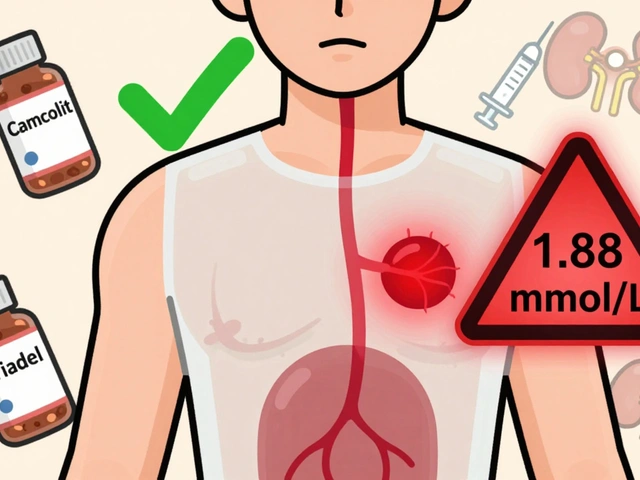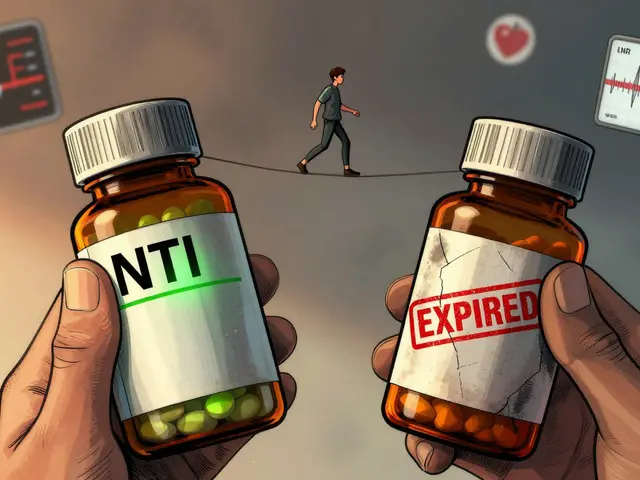Stress Eczema: Causes, Symptoms, and Safe Treatment Guides
When dealing with stress eczema, a form of eczema that flares up in response to emotional or physical stress. Also known as stress‑induced dermatitis, it blends the skin's sensitivity with the body's stress hormones. Eczema itself is a chronic inflammatory skin condition that shows up as red, itchy patches. Stress raises cortisol levels, which can impair the skin barrier and trigger those itchy eruptions. Understanding this link helps you see why calming techniques and proper skin care matter together.
How Stress Drives the Skin Cycle
Stress eczema requires two core actions: managing the stress source and protecting the skin barrier. The hormone cortisol tells the body to release energy, but it also reduces the production of natural skin oils, leaving the barrier leaky. A leaky barrier lets allergens slip in, which sparks inflammation. This creates a feedback loop—more itching leads to more stress, which pushes cortisol higher. Breaking the cycle means reducing cortisol spikes (through breathing exercises, regular sleep, or short walks) and reinforcing the barrier with moisturizers that contain ceramides or hyaluronic acid.
Another essential piece is choosing the right medication when a flare hits. Topical steroids are the most common prescription for calming the inflammation fast. They work by suppressing the immune response that fuels the rash. However, they must be used exactly as directed to avoid thinning the skin. For milder patches, non‑steroidal options like calcineurin inhibitors or barrier‑repair creams can keep the skin calm without the side effects of steroids.
To make the information easy to act on, think of stress eczema as an entity with three key attributes:
- Common Triggers: emotional tension, lack of sleep, hormonal swings, extreme temperatures.
- Primary Symptoms: itching, redness, dry or scaly patches, sometimes weeping lesions.
- Effective Interventions: stress‑reduction techniques, moisturizers rich in ceramides, prescription‑grade topical steroids used short‑term.
These attributes map directly onto practical steps you can start today. If you notice a flare after a stressful meeting, pause for a few deep breaths, apply a fragrance‑free moisturizer, and keep an available low‑strength steroid cream for emergencies. Pairing these actions with longer‑term stress management (like journaling or yoga) tackles both sides of the equation.
While the underlying science is clear, many people wonder about the safety of buying skin‑care products or even prescribed meds online. The same cautious approach you’d take for any medication—checking pharmacy licenses, reading user reviews, and confirming the need for a prescription—applies here. Reliable sources will ask for a doctor’s note before sending you a steroid cream, and they’ll list the active ingredients, potency, and expiry date.
In the collection below you’ll find guides that walk you through buying cheap generic meds safely, managing dehydration during fevers, and choosing the right topical treatments for various skin conditions. Those articles complement the stress eczema focus by giving you the tools to handle both the stress side and the medication side responsibly. Dive in to get actionable tips, safety checklists, and clear explanations that will help you keep your skin comfortable and your stress in check.

How Stress Triggers Skin Rashes and Simple Ways to Manage Them
Discover how stress triggers skin rashes like eczema, psoriasis, and hives, and learn practical stress‑management and skincare steps to keep your skin calm.
View More




